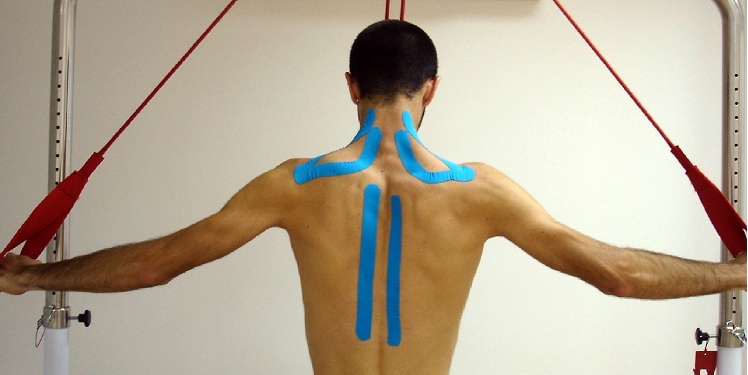Programme for reducing the accident rate for musculoskeletal disorders

Musculoskeletal disorders (MSDs) are the most common work-related injuries. They affect to workers of all sectors and represent an important issue with regard to health and costs partners. More than a third of work-related injuries and three quarters of occupational diseases are of a musculoskeletal character.
According to data published by the European Agency for Safety and Health at Work (OSHA), musculoskeletal disorders are the most common occupational disease in the European Union (EU-27):
- 25% of people European workers whinges of backaches and 23% declares to have muscular pains.
- 62% of people workers of the EU-27 is exposed during an another quarter of the time or more to repetitive movements of hands and arms, 46% to painful or strenuous postures and 35% transport or they move heavy loads.
- In the case of certain risks, such as work where people have to be carried, women have a higher risk than men at 11% compared with 6% for a quarter of the time or more.
MSDs are expensive disorders due to their direct costs (insurance, compensation, medical and administration costs) and indirect costs (staff substitution, loss of productivity, lack of motivation, etc.)
A programme that improves musculoskeletal disorders, productivity and quality of life
The time needed to lower the indicators below the average depends on the most common type of injury in the company, although in general between 12 and 24 months is needed.
- When injuries are caused by the handling of loads, it is usually easier to obtain short-term results, as in many cases the solution involves installing mechanical aids that are simple and not expensive.
- When injuries are caused by an ill design of the position of work, results it is necessary to expect them in a term between 12 and 24 months, since they require the modification of the workstations, relocating its elements, which follows a process of redesign, it is often precise to alter the production process during improvements, and sometimes affects to the lay-out of the process.
A flexible, coherent, professional action plan
The action plan is structured into different phases to maximise its effectiveness and return:
- Analysis previous of the accident rate: our prevention technical staff elaborates a report of accident rate in which analyses the volume and type of work-related accidents and occupational diseases.
- Visit to the company: a meeting is arranged with the person interlocutor of the company to explain him the initial diagnosis and the proposal of collaboration for the reduction of the accident rate.
- Dotted diagnosis critics and elaboration of the action plan: our prevention technical staff analyses in depth reasons and factors that they influence in the accident rate, elaborates a diagnosis and it proposes an action plan that covers a period out of 12 and 24 months.
- Activities to be developed for our technicians and techniques
- Contribution of good ergonomic practices (from the existing database).
- Development of best practices to solve the problems detected with the participation of ergonomists from the Ergonomic Laboratory.
- Provision of training (designing workstations for the company technicians).
- Provision of documentation.
- Activities to be developed by the company: all the activities mentioned in the Act of risk prevention at work as a business responsibility are developed by the company via the organisational type of the risk prevention at work that this has adopted.
- Starting up of the programme: stock and follow-up development in periodic meetings.
- Permanent advice: our adviser prevention technical staff at all times to the people people responsible for the company on any aspect of the plan and of evolution of the accident rate.
